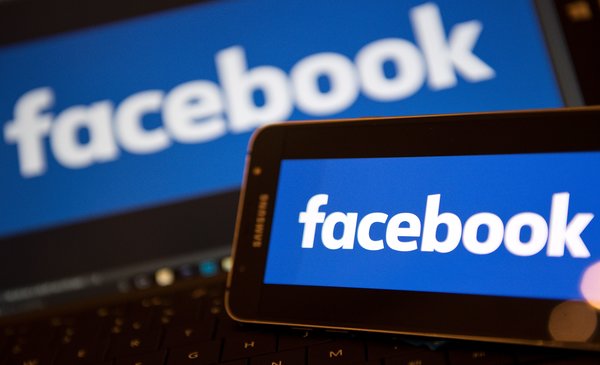The thirteenth most important thing to know about building winning brands is that brands are personifications of organizations, products, services and experiences. In this way, they are the primary sources of relationships with customers, promises to customers and customer loyalty. Let me tell you a story that illustrates the point.
Imagine you are having lunch with a long-time and very good friend. Several times throughout the lunch, she makes disparaging and sarcastic remarks that make you feel bad. You think to yourself, “This just isn’t like her. She must be having a bad day.” You meet with her again a week or two later, and again she acts ornery and negative. You think to yourself, “Something must be going on in her life that she’s really struggling with. Maybe she is having difficulties with her job or her health or her marriage or her children.” You may even ask her if everything is all right. She snaps back, “Of course it is.”
Your interaction with her continues in this vein over the next couple of months. You continue to try to be supportive, but she’s definitely getting on your nerves. After many meetings and much interaction, you finally decide that she’s a changed person and someone with whom you prefer to spend less and less time. You may get to this point after a few months, or perhaps even after a year or more. She doesn’t change, and eventually the relationship peters out.
Now consider for a moment that the person you first had lunch with was the same person as before, with one exception:
she was a total stranger to you. You hadn’t met her previously and she was not your dear friend. I would guess that after enduring many caustic comments and being insulted a few times at that lunch, your first impression wouldn’t be very positive. In fact, you’d probably be inclined not to get together with that person again. You’d probably walk away from that lunch thinking, “What a miserable person. I hope I don’t run into her again.”
In both of these scenarios it is the same person behaving the same way in the same situation. Yet in the first scenario, you are very quick to forgive the behavior. In fact, you feel a lot of concern toward her. In the second scenario, you can’t wait for the lunch to be over and you hope never to see her again.
In the first scenario, the person was a long-time good friend. She had a lot of equity with you. In the second scenario, she had no equity at all. You see, if people or brands have a lot of equity – that is, if you know, like, and trust them – you will “cut them a lot of slack” even if they repeatedly fail to meet your expectations. If a person, product, service, or organization has no equity with you, no emotional connection, and no trust, then you are much less inclined to forgive unmet expectations.
Brand equity creates a relationship and a strong bond that grows over time. It is often so strong that it compensates for performance flaws: an out-of-stock situation, poor customer service, a product that falls apart, inconvenient store hours, a higher-than-average-price, etc.
In the end, you want to deliver good quality and good value, innovation, relevant differentiation, convenience, and accessibility with your brand. However, we must never forget that building brand equity is like building a close friendship. It requires a consistent relationship over time, trust, and an emotional connection.
The Blake Project Can Help: Contact us for more on BrandInsistence brand equity measurement
Branding Strategy Insider is a service of The Blake Project: A strategic brand consultancy specializing in Brand Research, Brand Strategy, Brand Licensing and Brand Education




